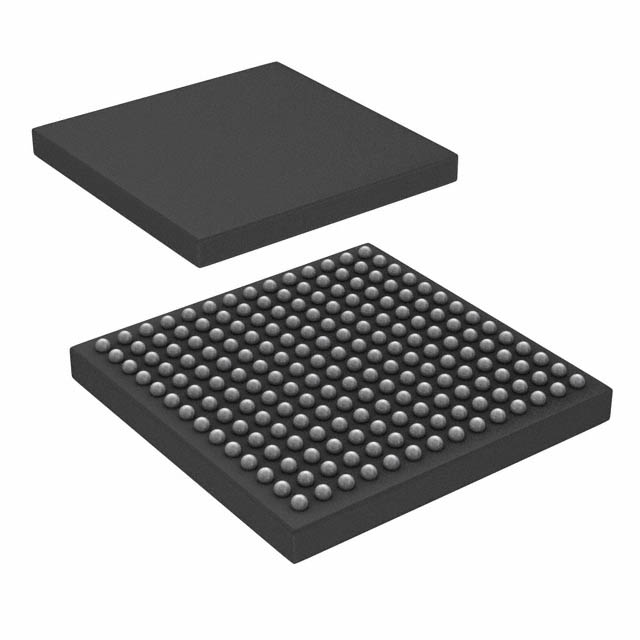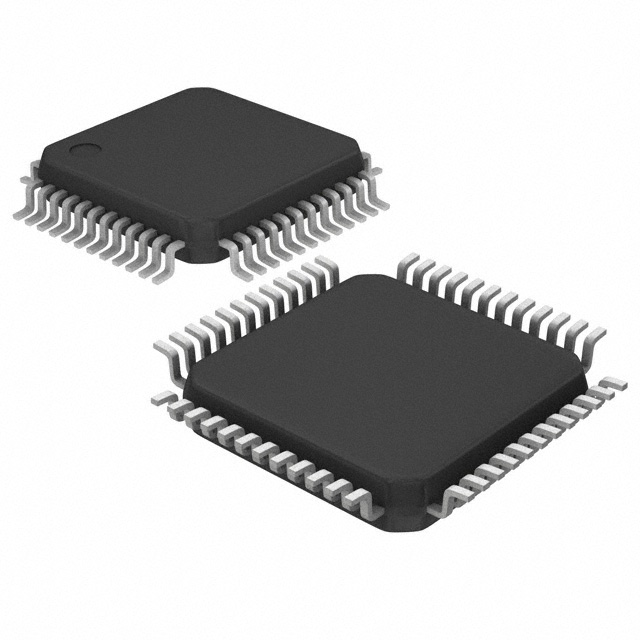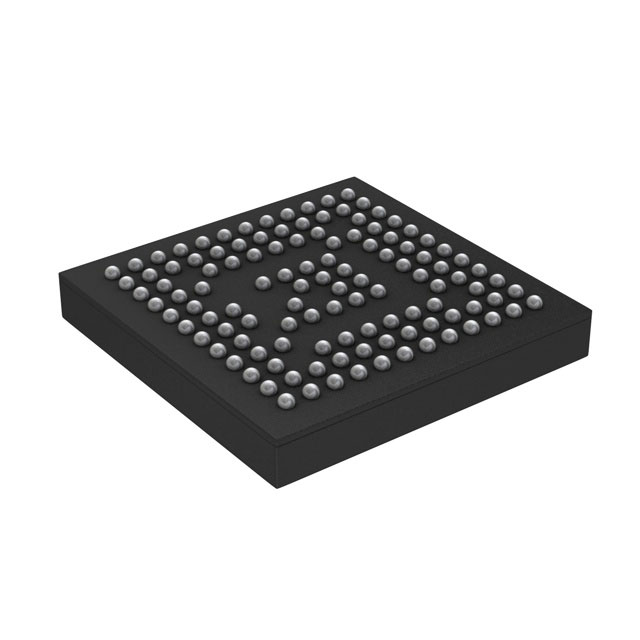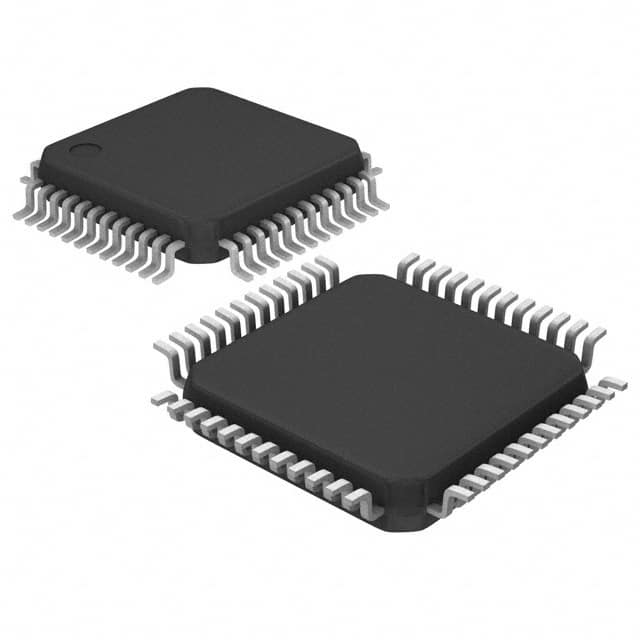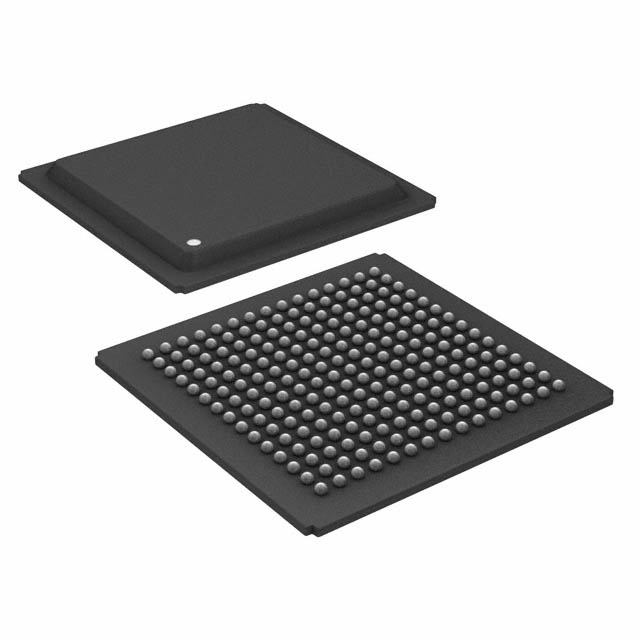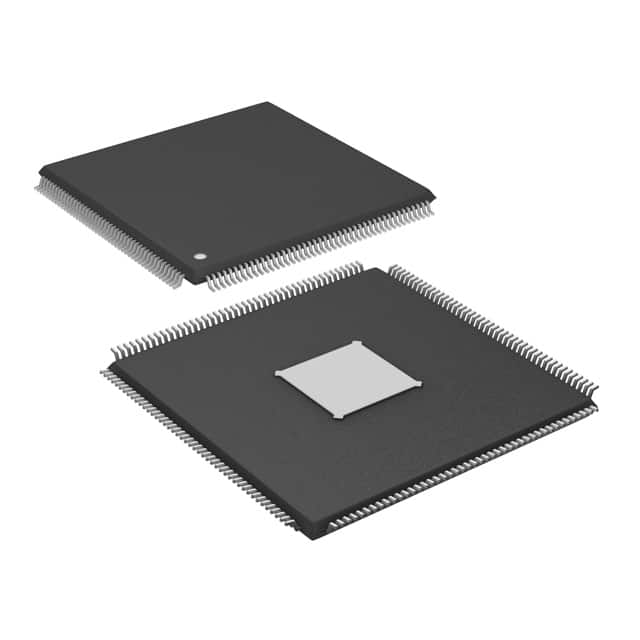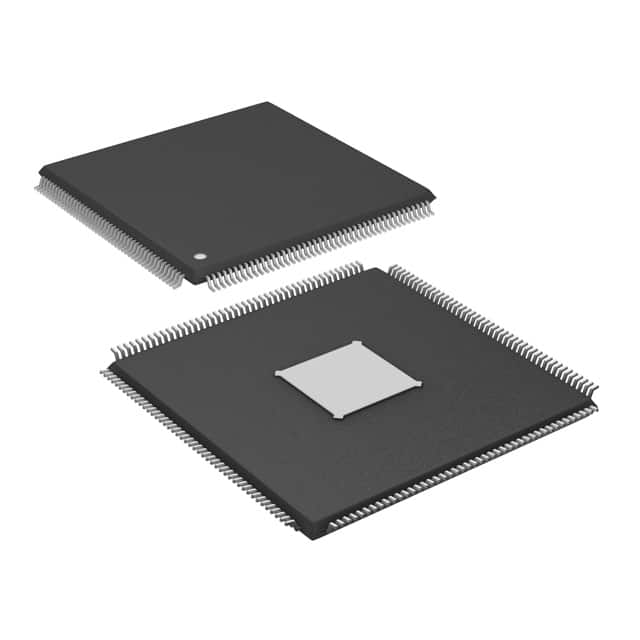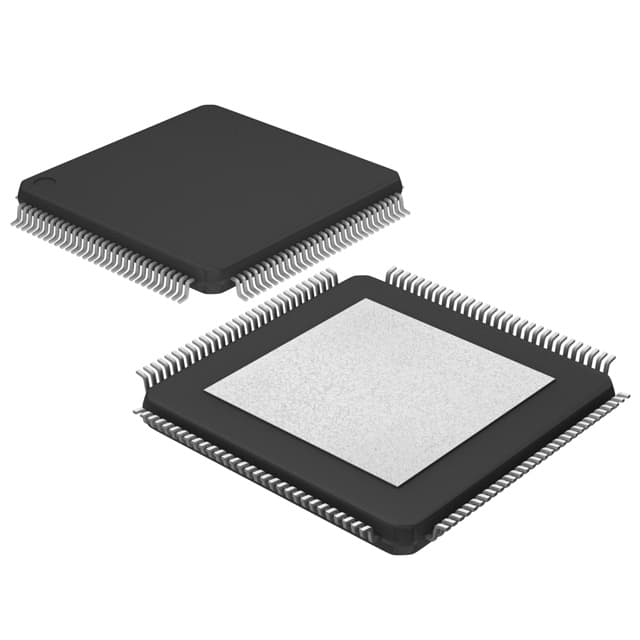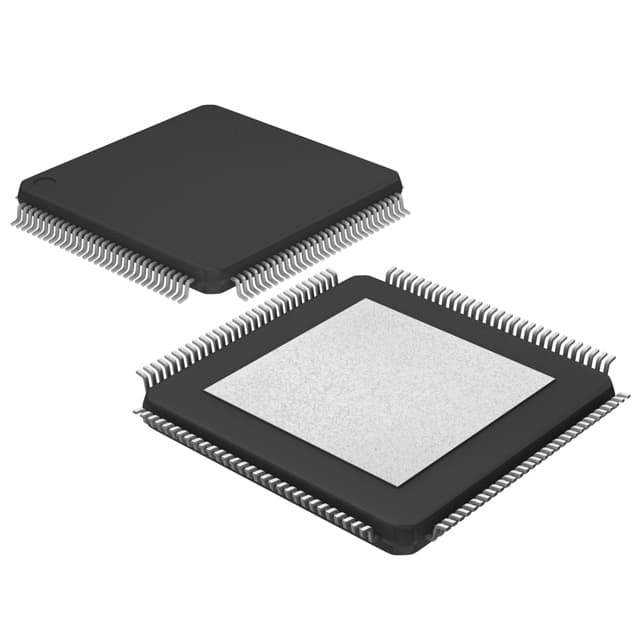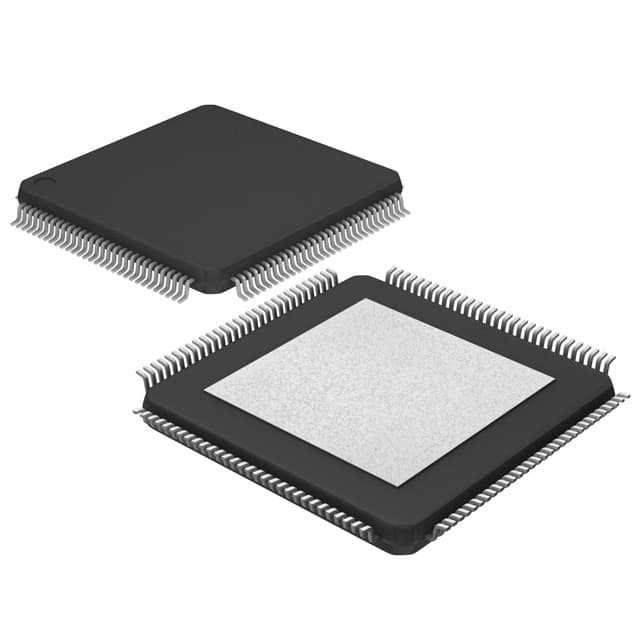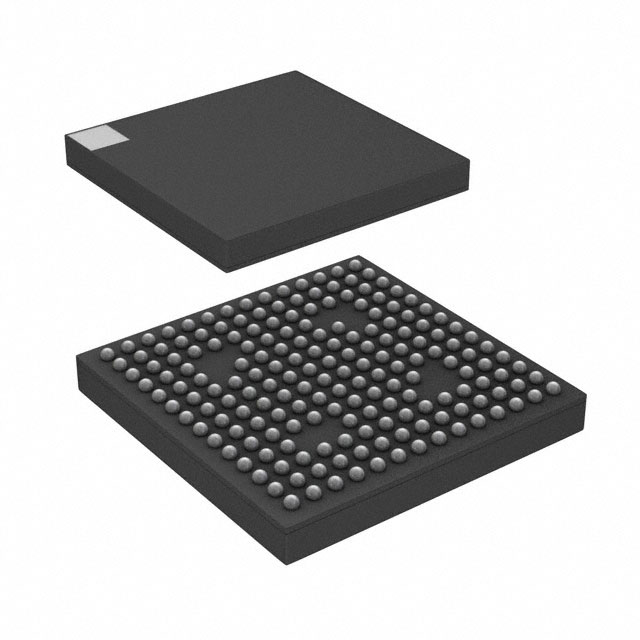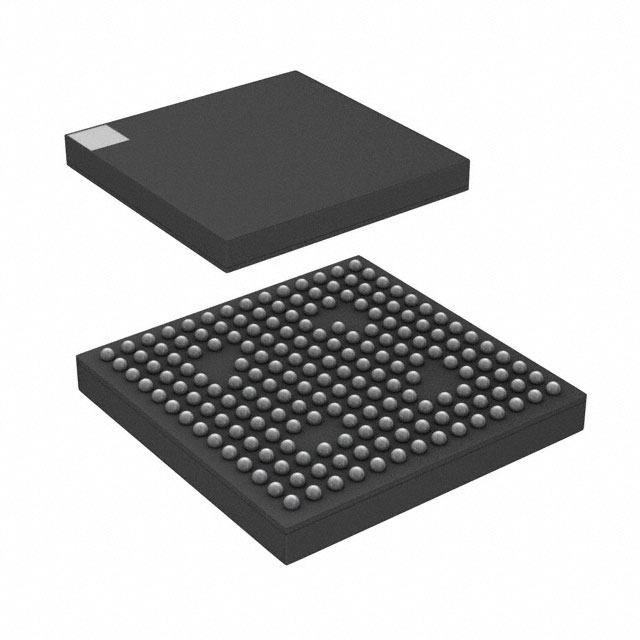ADSP-21065LKCAZ264 Product Introduction:
Analog Devices Inc. Part Number ADSP-21065LKCAZ264(Embedded - DSP (Digital Signal Processors)), developed and manufactured by Analog Devices Inc., distributed globally by Jinftry. We distribute various electronic components from world-renowned brands and provide one-stop services, making us a trusted global electronic component distributor.
ADSP-21065LKCAZ264 is one of the part numbers distributed by Jinftry, and you can learn about its specifications/configurations, package/case, Datasheet, and other information here. Electronic components are affected by supply and demand, and prices fluctuate frequently. If you have a demand, please do not hesitate to send us an RFQ or email us immediately sales@jinftry.com Please inquire about the real-time unit price, Data Code, Lead time, payment terms, and any other information you would like to know. We will do our best to provide you with a quotation and reply as soon as possible.
Introducing the Analog Devices Inc. ADSP-21065LKCAZ264, a cutting-edge digital signal processor designed to revolutionize the world of audio and video processing. With its advanced architecture and powerful performance capabilities, this product is set to redefine the way we experience sound and visuals.
The ADSP-21065LKCAZ264 boasts a range of impressive features that make it a standout choice for professionals in various industries. Its 32-bit fixed-point DSP core delivers exceptional processing power, enabling real-time, high-quality audio and video processing. With a clock speed of up to 100 MHz, this processor ensures smooth and seamless performance, even in the most demanding applications.
This product also offers a comprehensive set of peripherals, including multiple serial ports, timers, and interrupt controllers, providing users with the flexibility and versatility they need to tackle complex projects. Additionally, its integrated memory management unit allows for efficient memory utilization, optimizing overall system performance.
The ADSP-21065LKCAZ264 finds its application in a wide range of fields, including audio and video processing, telecommunications, automotive, and industrial automation. Whether you are designing a state-of-the-art home theater system, developing cutting-edge communication devices, or creating innovative industrial control systems, this processor is the perfect choice to bring your ideas to life.
In conclusion, the Analog Devices Inc. ADSP-21065LKCAZ264 is a game-changing digital signal processor that offers unparalleled performance and versatility. With its advanced features and wide range of applications, this product is set to revolutionize the way we experience audio and video processing.
DSP Digital Signal Processing (Digital Signal Processing) is a technology that uses computers or special processing equipment to digitize signals. It converts analog signals into digital signals, and uses efficient algorithms to sample, transform, filter, estimate, enhance, compress, identify and other operations, and finally gets a signal form that meets people's needs. Compared to general-purpose processors, DSPS typically have higher arithmetic throughput, lower latency, and more efficient memory management mechanisms, all of which are designed to meet the requirements of real-time signal processing.
Application
DSP (Digital Signal Processing) technology is mainly reflected in the accurate processing of signals. It can efficiently perform complex operations such as signal analysis, noise suppression and feature extraction, and provide reliable data support for subsequent decision or control. In addition, DSP also has high-speed computing power and low power consumption characteristics, especially suitable for scenarios that require real-time processing of large amounts of data, such as audio processing, video codec, communication systems, image processing, control systems and robots, medical and bioinformatics and other fields.
FAQ about Embedded - DSP (Digital Signal Processors)
-
1. What is embedded DSP?
Embedded Digital Signal Processor (EDSP) is a processor specially used for signal processing. It has been specially designed in terms of system structure and instruction algorithm, and has high compilation efficiency and instruction execution speed. Embedded DSP processors are good at high-speed implementation of various digital signal processing operations, such as digital filtering, spectrum analysis, etc.
Embedded DSP processors have been specially designed for system structure and instructions, making them suitable for executing digital signal processing algorithms, with high compilation efficiency and high instruction execution speed. This special design includes the optimization of DSP hardware structure and instructions, so that it can efficiently handle complex signal processing tasks.
-
2. What are the two types of DSP?
DSP (digital signal processor) is mainly divided into two types: fixed-point DSP and floating-point DSP. The main difference between fixed-point DSP and floating-point DSP is that they process data in different ways and formats.
Fixed-point DSP uses fixed-point number format for calculation. This format directly stores data and exponents in integer form in memory, eliminating multiplication and division operations in floating-point operations, thereby increasing the calculation speed. Fixed-point DSP chips are relatively low in price and power consumption, but the calculation accuracy is relatively low.
Floating-point DSP uses floating-point format for calculations. This format can represent large or small numbers, with high calculation accuracy, and is suitable for occasions that require high-precision calculations. However, floating-point DSP chips are expensive and consume a lot of power.
-
3. What is DSP in microcontrollers?
DSP (Digital Signal Processor) is a microprocessor specifically used to process digital signals. It is different from the traditional CPU (Central Processing Unit). DSP is mainly used in occasions that require a large number of floating-point operations, such as communications, audio processing, image processing and other fields.
The working principle of DSP is to convert the received analog signal into a digital signal, and then process and analyze these digital signals. DSP chip adopts Harvard structure, that is, the program and data are stored separately, and has a dedicated hardware multiplier, which can quickly implement various digital signal processing algorithms.
 Lead free / RoHS Compliant
Lead free / RoHS Compliant



